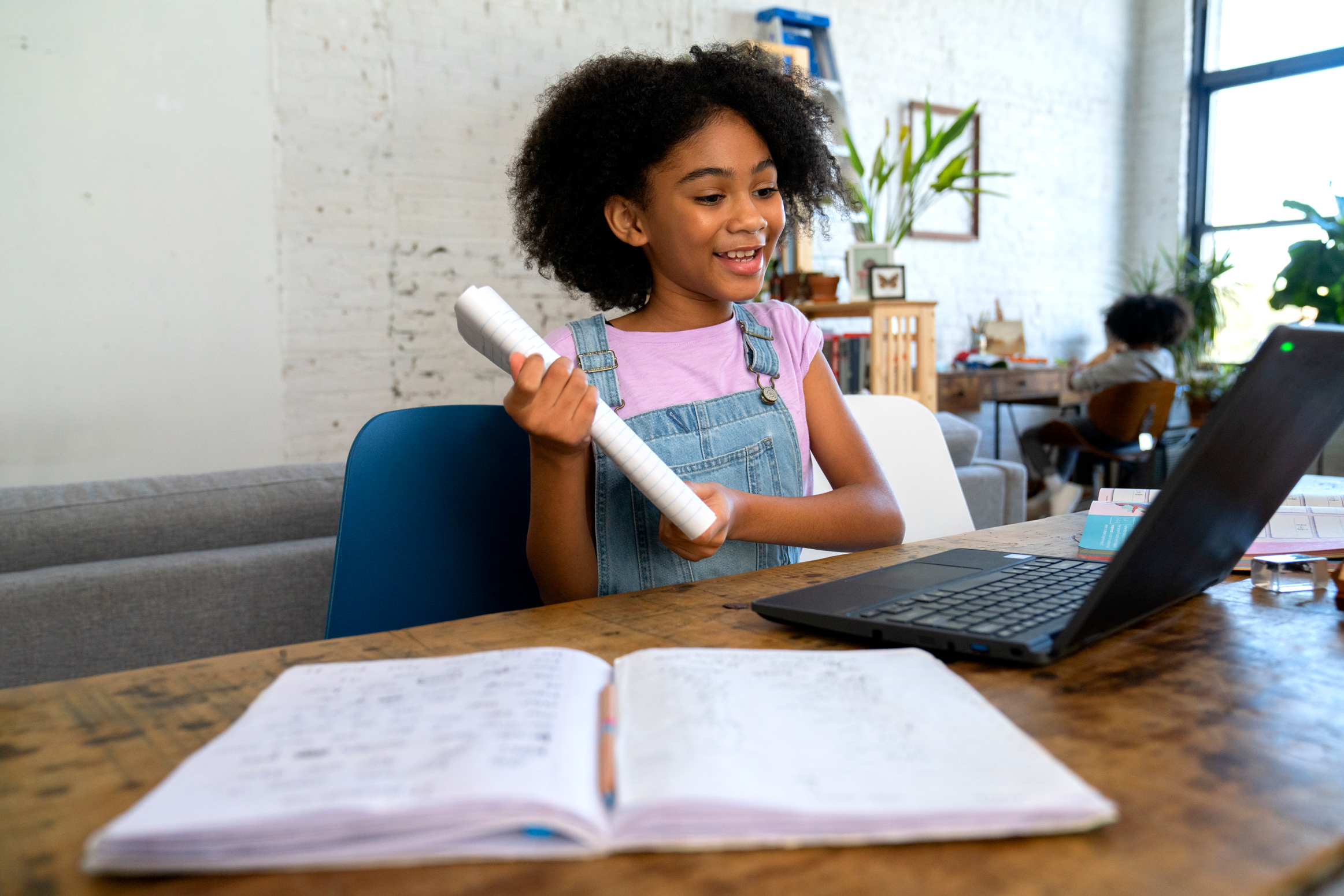The past year has been a time of unprecedented change, complexity, and ambiguity, and educators, students, and parents have had to embrace new ways of teaching and learning. Through it all, it’s been inspiring to see the incredible work the education community has done to keep students engaged.
Schools and systems had to respond to the crisis quickly, transition to the new school year, and are reimagining education for the future—all with a focus on student-centered learning, critical skills, social learning, safety and security, and scalability to bring pedagogy and technology together.
Today more than ever, powerful devices, collaborative environments, analytical tools, and immersive experiences are critical, and we’re excited to announce new devices and features for collaboration and social-emotional learning.
New for the next school year: Keeping students engaged with affordable, connected, and secure Windows 10 devices
One of the key lessons of the past year has been that learning can happen anywhere. Affordable, easy-to-use devices are critical to empowering all students on their learning journey.
In a recent survey, 61% of teachers selected “Better devices” and/or “Better internet access” as a primary way to improve remote learning for students. @MicrosoftEdu - Click To Tweet
At BettFest, we’re unveiling an expanded portfolio of new Windows 10 devices for the upcoming school year, many with LTE connectivity. These are the most affordable LTE connected partner devices in the portfolio yet, with the ability to power engaging, collaborative learning experiences anytime and anywhere.
The devices are*:
- Acer TravelMate Spin B3, starting at $329
- Acer TravelMate B3, starting at $239
- Asus ExpertBook BR1100, starting at $279
- JP-IK Leap Connect T304, starting at $229
- JP-IK Leap T304, starting at $185
*LTE capability available at additional cost, in addition to data plan purchase. Device availability may vary by market.
To stay connected and engaged in remote and hybrid learning environments, students need a device with all-day battery life, an HD camera, and a high-quality mic, as well as the speed, power, and storage to keep up with their inquisitive minds. One of the most unique models in our portfolio is the new Dell Latitude 3120 2-in-1, which puts the power of learning in students’ hands with the latest Intel Celeron processor, 4GB of RAM, and 64GB of storage.
To learn more about the full portfolio of Windows 10 devices, take a look at the device catalog.
Adding interface options and improving learning outcomes with the updated Microsoft Pen
Students have become used to keyboards and touchscreens, but for tasks like working out a math problem, jotting notes, or drawing a diagram, a pen can be the best tool. In fact, research shows that student performance improved as much as 36 percent1 when using a pen interface, compared to using only a keyboard.
We’re excited to announce an updated Microsoft Classroom Pen. The Microsoft Classroom Pen 2 has a longer enclosure and the same great experiences you are used to, at the more affordable price of $19.99 US MSRP. Now, more students can have the option to type, touch, or write—whichever works best for them and for their specific learning situation.
Prioritizing student well-being and inclusive learning environments
Today, more than 200 million students, faculty, institutional leaders, and teachers are actively using Microsoft Education products—with Microsoft Teams for Education as the hub—to engage students in remote and hybrid learning.
Recently, we completed a survey with YouGov2 that asked more than 1,500 students and 1,500 teachers in the US, the UK, and India to share their perspectives about remote and hybrid learning. Teachers said that the most important information they need to support students during remote learning is to understand what complexities they face in their lives, their emotional state, and what motivates them.
With Reflect, an app that is available now directly in Microsoft Teams, educators can deepen the critical student/teacher relationship and help develop social emotional skills by checking in with individual students and inviting them to share how they are feeling in general or about specific topics, such as learning from home, an assignment, current events, or a change within their community. Starting this spring, Reflect will be updated to have its own app in Teams, and will integrate with Education Insights.
Last year proved that everything can change without warning. In education, the importance of personal connection was highlighted, the integration of technology was accelerated, and the role of teachers was amplified. It’s encouraging to see the dedication to moving learning forward, toward a future where all students have the opportunity, the support, and the tools to be creative, confident, and optimistic learners, realizing their full potential.
As always, we love hearing from you and value your feedback. To join the conversation, follow us on Twitter at @MicrosoftEDU. And register for BettFest, a free, three-day virtual event packed full of inspiring keynotes, professional development, and solution discovery with education leaders and industry experts.
Thank you for being on this journey with us!
1. Oviatt, Sharon. “Pen? Keyboard? Voice? Touch? Computer interfaces and their impact on learning.” Microsoft Education: Pages 6–7. https://edudownloads.azureedge.net/msdownloads/Microsoft-Oviatt-Paper.pdf
2. “Learning Forward” Teacher/Student survey commissioned by Microsoft and conducted by YouGov, December 2020 among 1500 teachers and 1500 students in the US, UK, and India.



